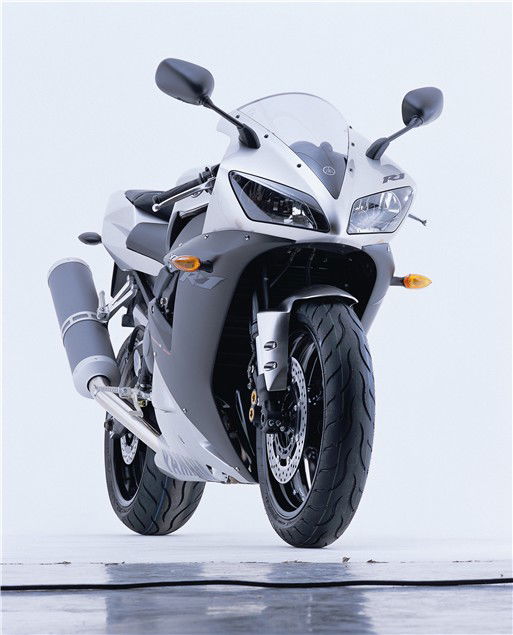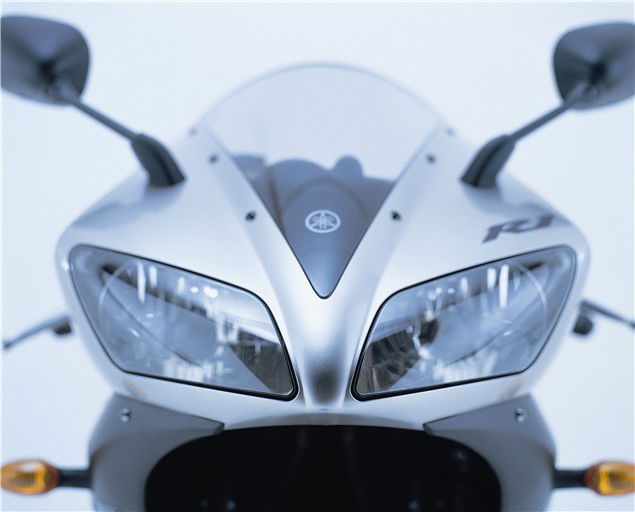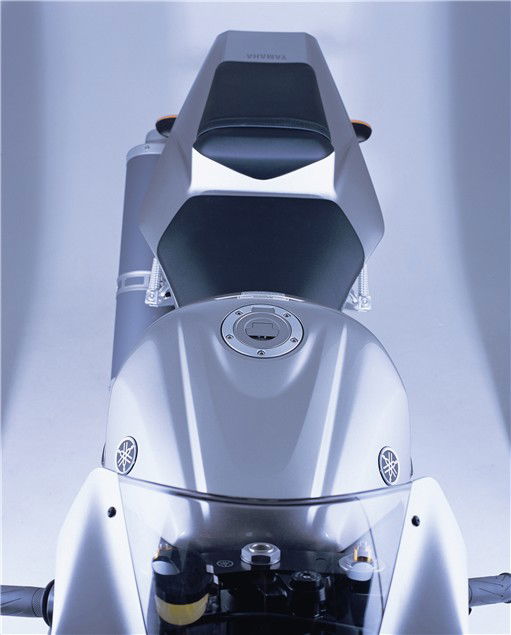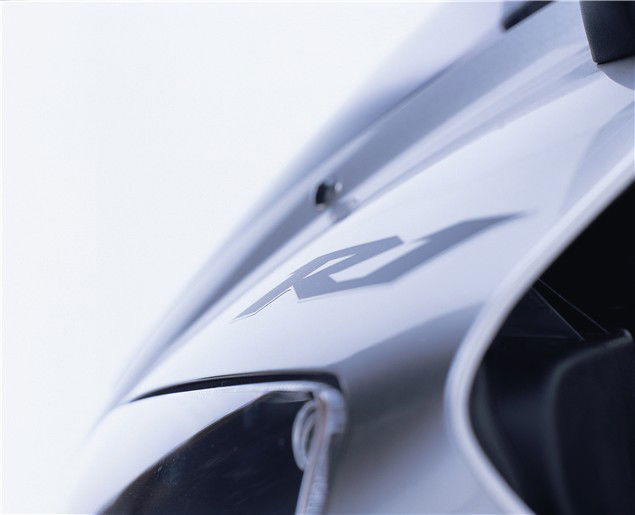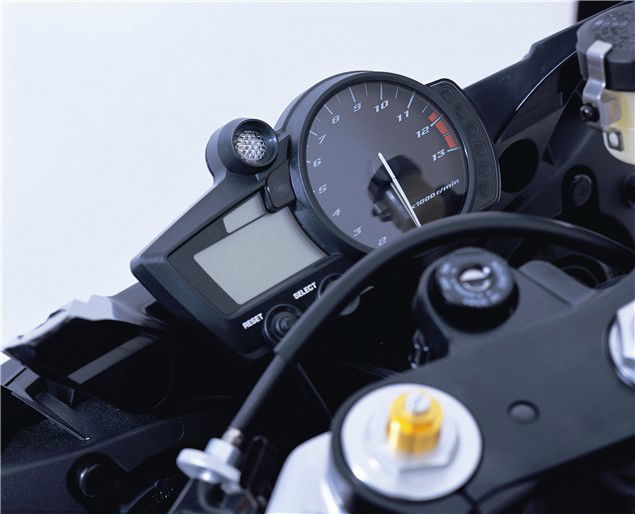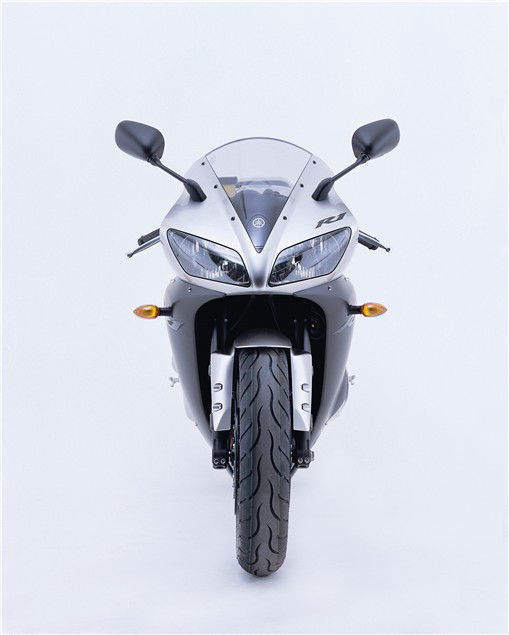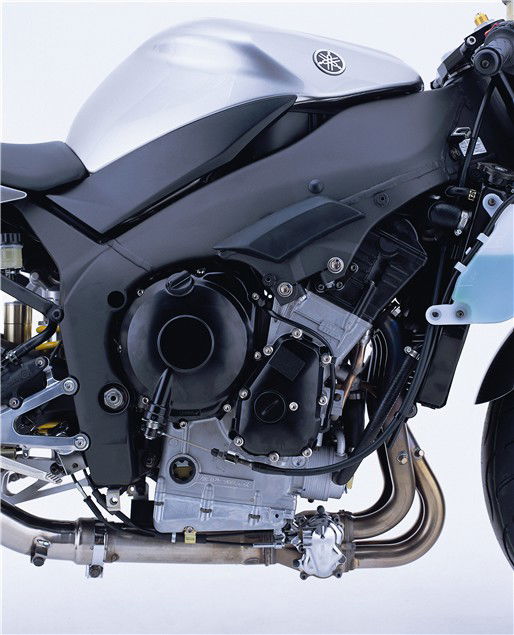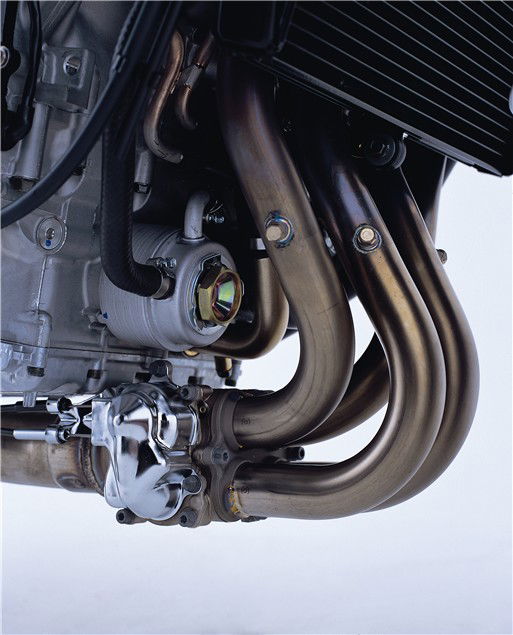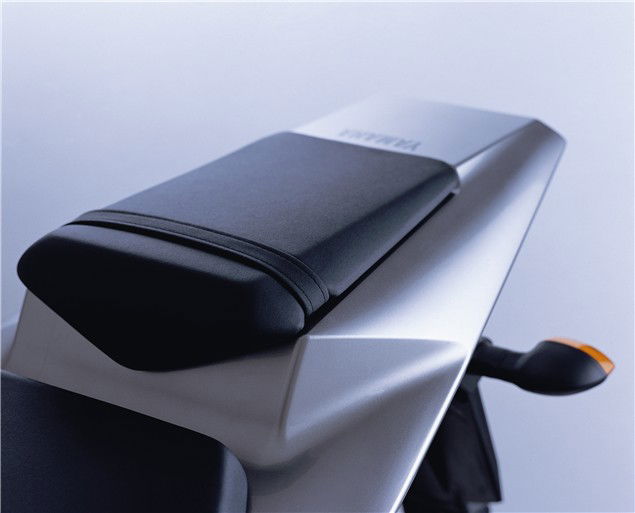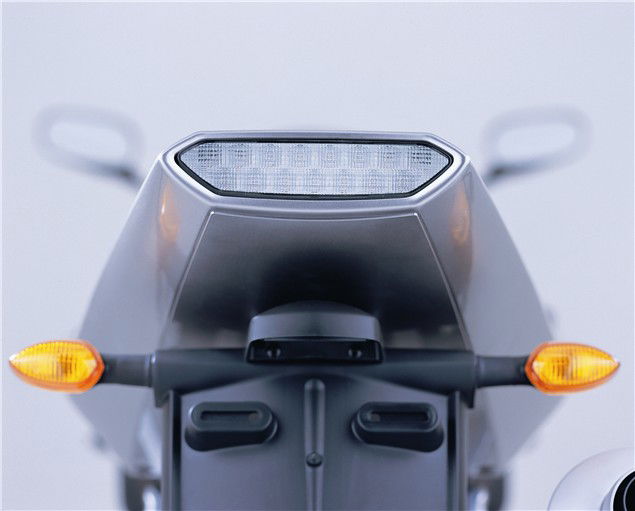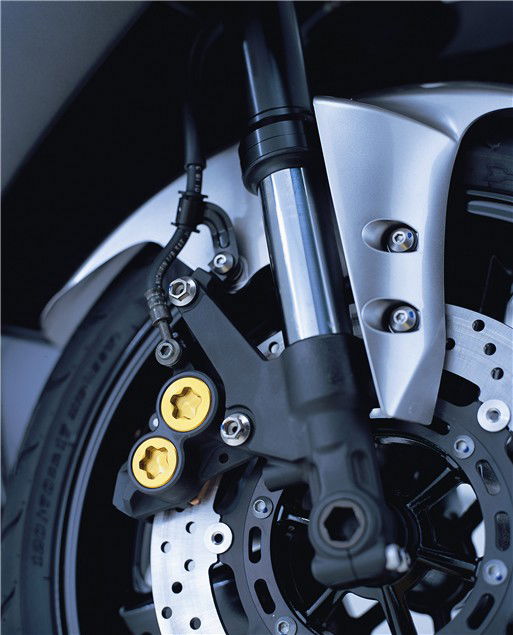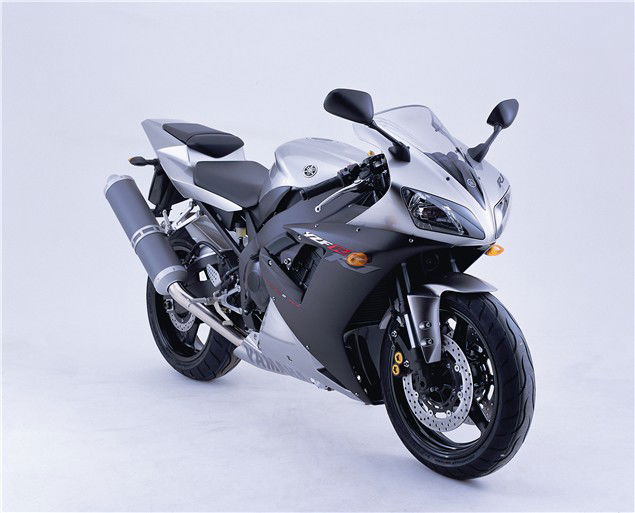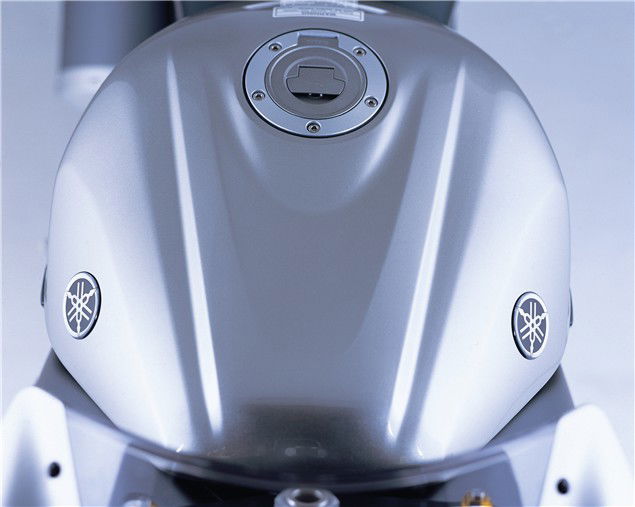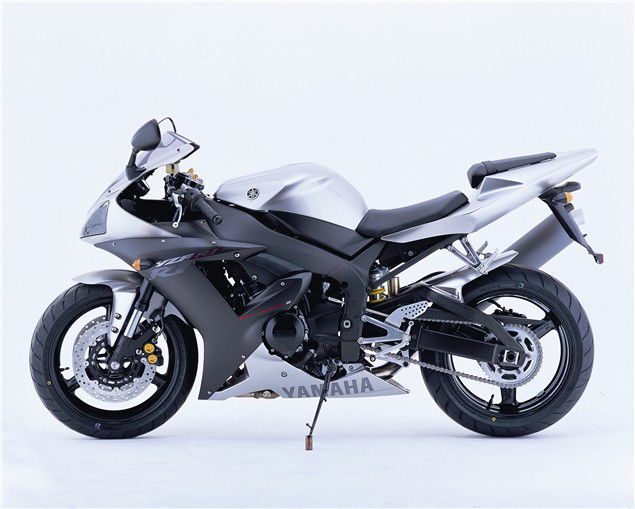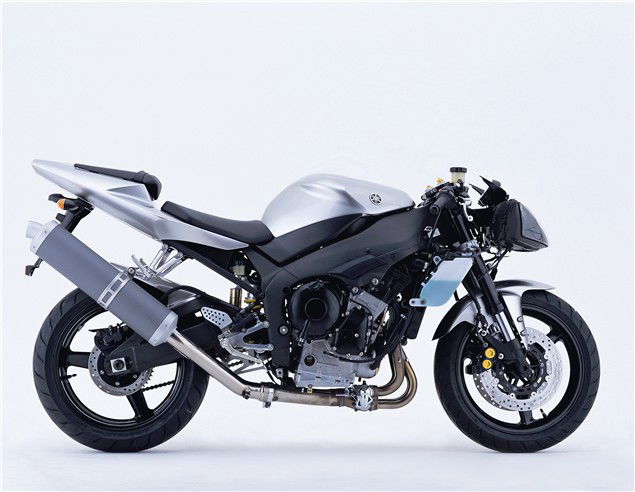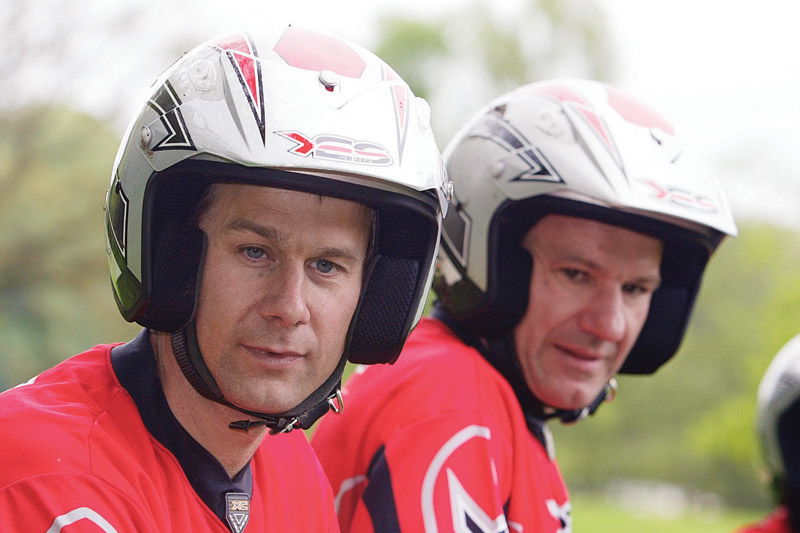The rise of the 2002 Yamaha YZF-R1
After the original 1998 R1, this version had a tough act to follow. So how did they go about developing and improving the previous model

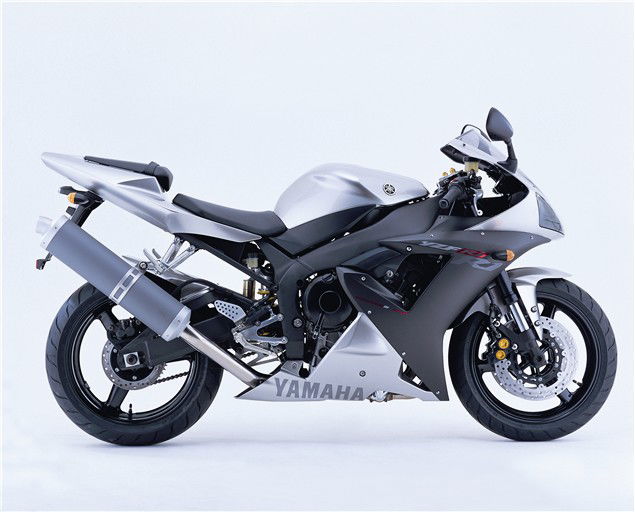
Back in 1996 Kunihiko Miwa was attending the launch of the Yamaha Thunderace. A worthy bike, if a bit porky and uninspiring. At the time Miwa decided he wanted to build a bike with a philosophy of 'no compromise.' This he did, by coming up with the 1998 YZF-R1, a bike which was to do something that the Thunderace never did - knock the FireBlade from its perch as king of the sportsbikes.
For 2002, the R1 has a new project leader - Yoshikazu Koike - and it's his job to keep the bike true to Miwa's philosophy, but make it better still.
Not such an easy task, because as every year passes we become a more demanding lot. Sports bike owners need to be as happy cleaning their machine on a Saturday as riding it on a Sunday. Sports motorcycles now need to do so much more than go fast - they've got to look good and go good. Also, many of us are realising that we want more than outright power, we want something a bit better balanced, with useable as opposed to brutal power. Honda knows this, after starting to head down this route with the FireBlade. Yamaha also knows this now, and that's what they wanted to accomplish with the 2002 YZF-R1, so here it is in all it's glory.
First of all, look at these pictures. This is a bike which will make you feel good to own. While its competitors such as the Blade and ZX-9R have changed their looks dramatically over the last few years, the R1 has remained true to its original, lupine beauty. Look closely at the 2002 machine and you can see that these looks have been refined, and that the designers have moved things on. Yamaha designers, it seems, have taken a leaf out of the pages of the book of Ducati: 'Why break what's already fixed?'Those elliptical, almost organic eyes form into the trademark R-series stare.
The bodywork now has huge cutaways, exposing the naked muscle of the motor, but it still hugs the engine and frame, before disappearing into a thin, wasp-like tail, which now has super-trick LED rear lights and an undertray which neatens up the rear end. Yes, it's hard to believe, but if you compare the 'old' 1998 R1, then you'll find that the new 2002 machine makes the first model look just a little bulbous and, well, a little old. Colours for 2002 are simplicity itself. No shell-suits here, instead you have the almost quicksilver-like silver and satin black you see here, red and black or blue and black. For the traditionalists among you, there's also the old Yamaha 'speedblock' option, which has to make an appearance as it's the corporate colours in the States.
Underneath the skin and the story is the same. Things look very similar to the older machine, but they do have some very important differences. The foundations and architecture of the motor remain from the original bike - 998cc, 74 x 58mm bore and stroke, 11.8:1 compression ratio, five valves per cylinder, two inlet, three exhaust (you only really need four valves, but 20 looks nicer than 16 in a flashy graphics font on the fairing...) but certain changes do make this motor special.
First up, the fuel-injection system. It's different from most systems in that it incorporates what they call a 'suction-piston-type' EFi system. Kenji Abe, was responsible for engine design, so we'll let him explain: "This system allows an ideal air/fuel mixture in low rpm-range by controlling the air intake. It does not require complicated electronic controls and it combines the advantages of a carburettor with those of today's fuel injection. In other terms you can say it is a fusion of analogue and digital." The vacuum controlled fuel injection system combines the 'analogue' response feeling of a carburettor with the 'digital' precision of fuel-injection. This system uses a free suction-driven valve piston to regulate air intake flow independently from electronic control. This ensures the optimum air volume without a clever (and expensive) electronic brain doing the work. But, a microcomputer control collects data from various sensors to ensure an optimum fuel supply with the right air/fuel mixture. To get things working correctly, Yamaha used two experienced players in this field, Mikuni for the throttle sensor and Mitsubishi for the ECU (electronic control unit).
So, simply put, it seems that Yamaha seems to have added the vacuum operated slide from a CV carb to a normal injection throttle body. This means that no matter how aggressively the rider opens the throttle (and so the butterfly) the slide governs the rate that the air enters the engine and hence the torque produced. Net result is that with some fiddling with the slide springs and slide damping holes (the bits a Dynojet kit messes about with in carbs, but for different reasons) you could probably modulate the way the bike 'picks up' on the throttle.
��
Heavy spring and small damping hole would equal a sluggish feel and vice versa. Yamaha says that this set up combines the feel of a well set-up bank of carbs (which anyone with the older R1 would know about...) and the advantages of fuel-injection. The GSX-R1000 does the same sort of thing, but electronically, with a secondary set of throttle bodies with the butterflies driven by the ECU via a motor. The other major advantage of the Yamaha set-up over the Suzuki one is that it's also cheaper as there are no extra motors required or sensors or software to control them. But, this CV controlled system may not be without potential problems. A CV carb relies on a venturi to make the vacuum signal to control the slide position, so this may be more restrictive than a plain old throttle body. Either way, what both the CV system on the R1 and the double-throttle-bodied GSX-R are trying to do is make the bike much smoother to ride by manipulating the way that the air is actually allowed into the engine.
Fuel injection that actually works well is still relatively new stuff on motorcycles (well, those that come from anyone other than Ducati - the Italian firm scrounged a Marelli system that was on the old Sierra and Escort Cosworths and made it work on the old 851/888). For the Japanese things didn't go so smoothly, until the last year or so, when the likes of Suzuki (GSX-R600 and 1000) and Honda (2002 Blade) showed that the initial snatchyness and jerky feel of their FI systems had finally become a thing of the past. Air is fed into the system via a new airbox with forward facing intake (last year's bike had a rearward facing one.) Other updated parts for the 2002 R1 include iridium spark plugs, direct ignition, new piston rings and uprated carburised con-rods.
Another important addition to the motor is the use of a two-stage EXUP valve. Rather than the earlier Yamaha efforts which - like the Suzuki GSX-R1000's SET (Suzuki Exhaust Tuning) valve - work only in two ways, open or shut, this second generation valve works in the primary exhaust collectors like the Honda FireBlade's H-TEV (Honda Titanium Exhaust Valve) giving it more varied operation. It works using a four-way housing where the downpipes meet for the best possible management of the gas flow. One valve is responsible for cylinders 1 & 4, with another valve working 2 & 3. Yamaha say, 'this is why this new R1 engine has such a high torque and control feeling over all its rpm range' - we say; like the old one suffered from lack of torque, eh? The EXUP system is also lighter and more compact than the previous model's.
For a while now bikes have been trying to clean up their act, with the likes of air-injection to clean up the exhaust gases and the like, but contrary to what we may like to think about bikes being eco-friendly, in actual fact they are utterly filthy and their fuel economy is awful. This is when you consider how a) light they are and b) how small the engines are (CC wise). As the market in this country is all about power, that's OK then. Bike engine durability is also a lot worse than cars but then they don't do as many miles so why bother engineering durability that the average customer (despatchers excluded) are never going to use - but let's keep all of this between us, right? Still, bike designers are under as much pressure as the rest of us to go green, so the new R1 features a new muffler at the end of the re-designed 4-2-1 titanium exhaust system which includes a honeycomb 3-way catalyser. An ECU-operated solenoid also feeds air directly into the exhaust ports to optimise the re-burning of exhaust gases. This lot helps to ensure the bike complies with EU-2 regulations - whatever they are.
On the chassis side of things, the engineers wanted to make the R1 more useable and not some big, over-powered monster machine.
Project leader Yoshikazu Koike says: "Experienced riders know: 'power is nothing without control.' Horsepower may be nice to show your friends in a glossy leaflet, but when it comes down to using high-powered bikes like the R1 you need proper control." Hajime Nakaaki, responsible for chassis design adds: "The key is the perfection in design of the steering assembly and the head stock.
Basically, achieving rigidity means: fixing the head stock solidly in place, and then making the pivot assembly resistant to distortion. But a motorcycle does not just drive straight but constantly has directional changes from left to right. We concentrated our efforts in perfecting this most basic character of a motorcycle as such." Hmm. The changes include new front forks (now 43 not 41mm) with 15mm lesser wheel travel (120mm), a thicker inner tube and a thinner walled stock for the outer tube. Yamaha brought the aluminium beam frame to the road-going masses with the first Deltabox, which was a copy of Kenny Roberts' Yam racer of 1984. The first Deltabox armed the likes of the big FZR1000 Genesis and stroker TZR250 in the late eighties. Since then manufacturers have copied it, but now Yamaha has released the third version, which acts as the bones of the new R1.
The Deltabox III is a completely new design (as is the asymmetric rear swingarm which is the same length as last year's) but the new frame now has a detachable rear subframe - a nod to racing if ever there was one. With a mind on this machine being for experienced riders who want a controllable monster, both front and rear suspension now feature more adjustments than ever before. The engine was raised by 20mm to concentrate the mass around the rolling axis. Even the rider's position is nearer to the rolling axis to achieve quicker handling. Overall, the new frame is 0.6 kg lighter and 30% more rigid. The machine's trail has been extended from the original model's 92mm to 103mm (while keeping the 24 degree rake) but with fork offset down from 35mm to 25mm. So what does all this mean? Well, the addition of 11mm of trail should help stability, while the motor being 20mm higher in the frame will also help turn-in - an area in which the R1 suffered compared to the 2000 Blade - as well as improving ground clearance (a big problem on the initial model when raced). When added to the updated suspension, it certainly seems as if Yamaha want this machine to be a refined sportsbike, concentrating on handling and usability over raw power.
Dan Harris is Yamaha Motor UK's press officer - and an ex-R1 racer. As the UK is a big market for the new R1, he was invited over to the Yamaha test track of Fukuroi - which is next to the factory - in July of 2001, to give his feelings to the design team on the new bike. "Even in its development state, the bike looked beautiful," he says. "And you can't normally say that about development machines. The design team concentrated on the usable nature of the motor and the chassis. I got to ride the bike at Fukuroi (it's sort of like Suzuka, but goes the other way around). It's a clichŽ, but I found I had to re-calibrate where I'd be opening the throttle mid-corner - that's the thing that will set this machine apart, the way you can use as much of that engine as possible."
The anchors - forever a superb feature on the original R1 are further updated for the 2002 machine. These are all-new castings, with ally pistons, so they may look similar to the old ones, but they're new and better. Much better, according to Harris, offering more power and increased feel for what the front end is doing, so you can use more of that improved braking power. But what of the lack of outright horsepower compared to the likes of the Suzuki GSX-R1000? Harris adds: "The old R1 was pumping out near to 180bhp in V&M trim, so if people want more power there's plenty of tuning houses who can help. It's the combination of power and handling that will make this R1 a winner."
I know what you're thinking. 'He would say that, wouldn't he?' That's why next month we shall provide you with the 2002 R1 opinions of Niall Mackenzie. And if a three-time British Superbike champion's opinion isn't good enough for you, then you could wait and read our hyperbole after we've wobbled around on it. Me? I'd probably rather plump for listening to what Niall has to say before deciding whether or not to shell out my £9,199.
��
